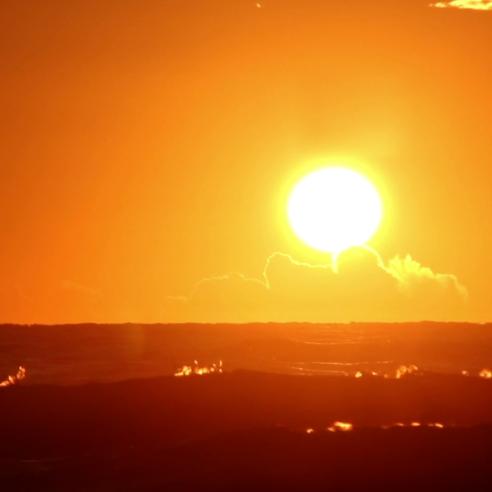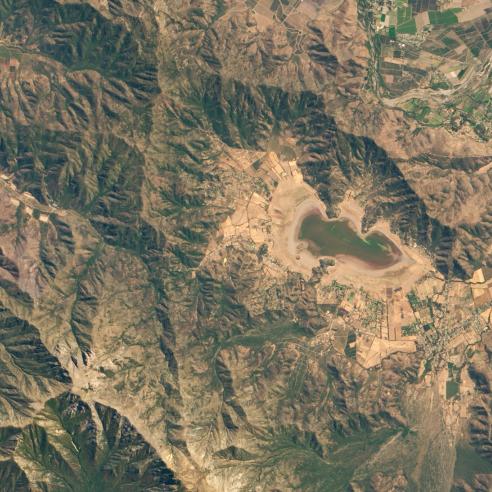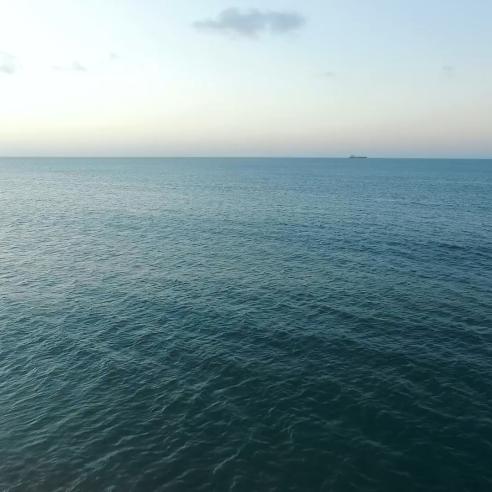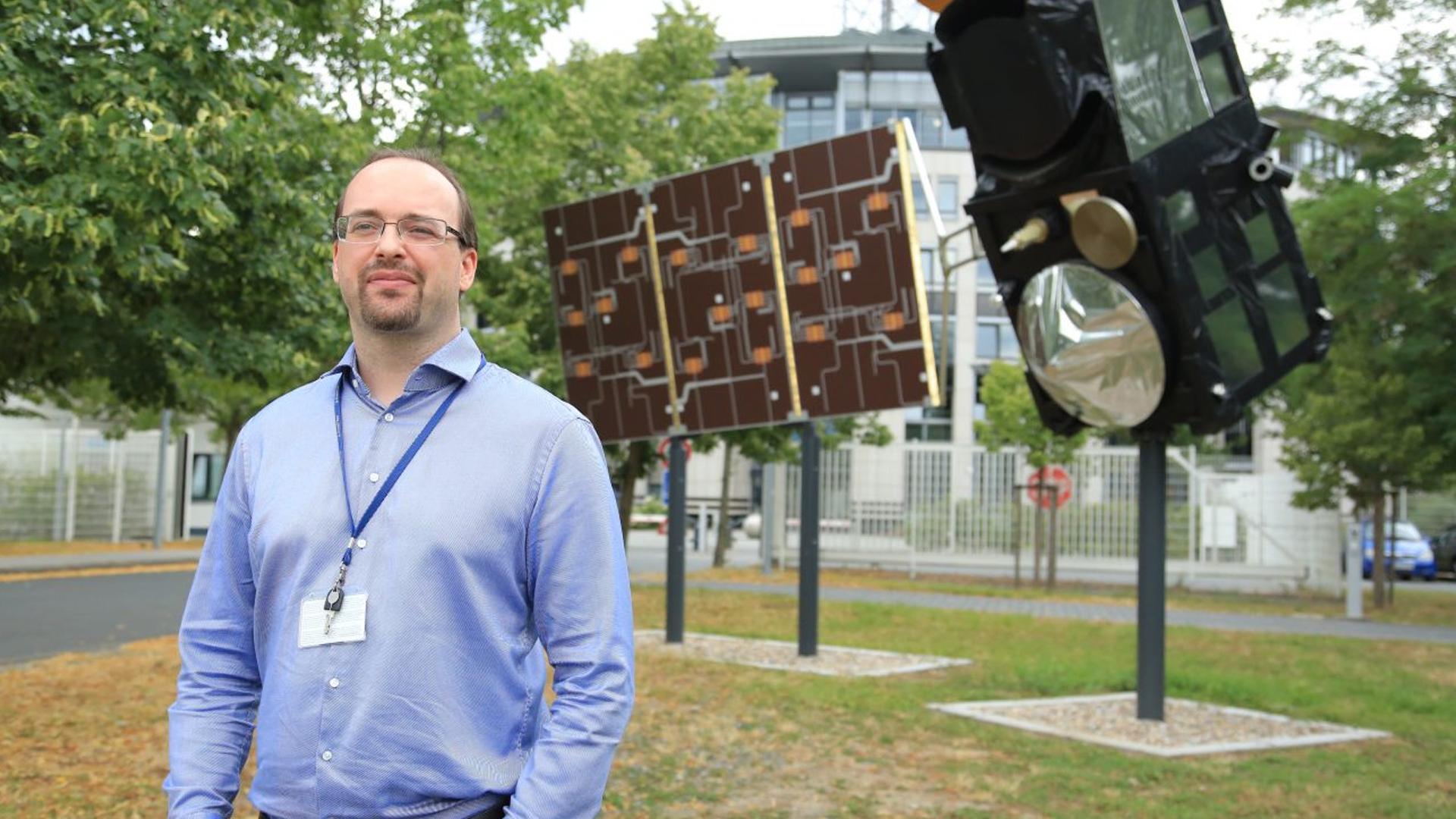
Taking care of a satellite - what does it involve
Meet one of the staff members responsible for making sure the Sentinel-3 satellites run smoothly.

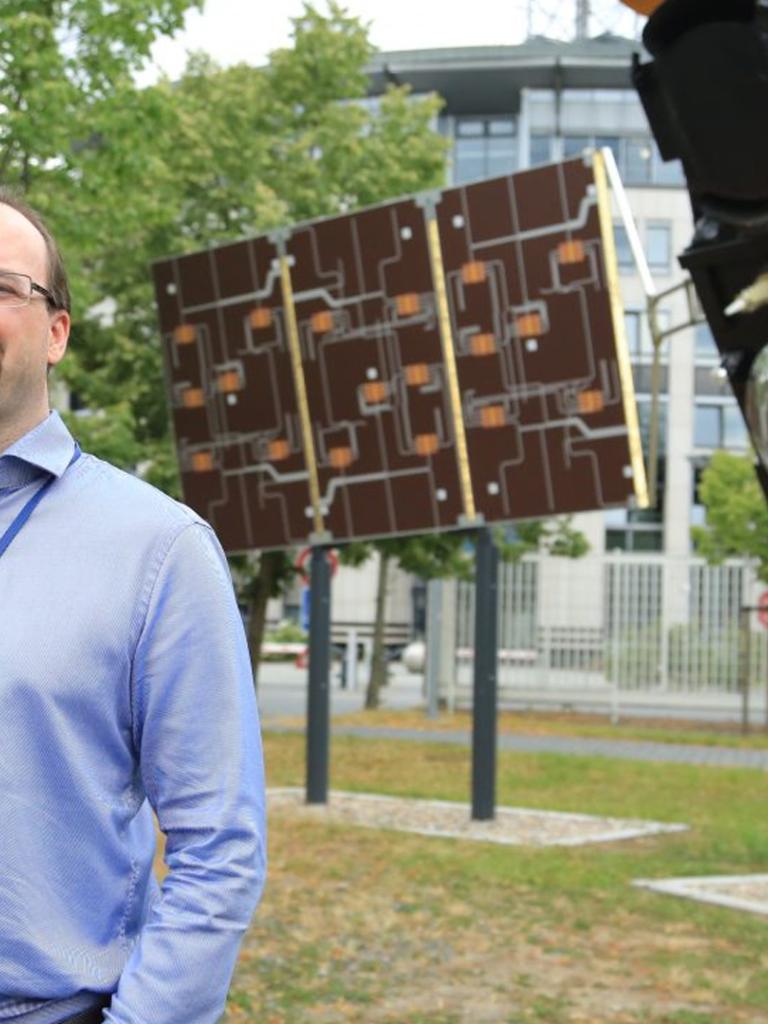
Ed Trollope is one of the Spacecraft Operations Engineers at EUMETSAT and has been looking after our satellites for around six years. Find out what exactly looking after a satellite involves by reading our chat!
01 November 2023
28 April 2020
Can you please tell us a bit more about your role as Spacecraft Operations Engineer?
I work as part of the flight control team who take care of the Sentinel-3 satellites (Sentinel-3A and -B). The Sentinel-3 mission is part of the European Commission’s Copernicus programme for Earth observation.
The satellites fly at a low Earth orbit/polar orbiting position and myself and my colleagues get to see them for roughly 10 minutes, every 100 minutes.
The flight control team are responsible for making sure that the telemetry measurements are what we expect them to be and then preparing procedures for situations where they aren’t.
We’re the “caretakers” of the satellites in a way and we conduct routine operations that need to be performed in order to keep the satellites where they’re supposed to be and doing what they’re supposed to be doing, which involves some manoeuvring operations, health checks, maintenance etc. We’re the people responsible for following these procedures and giving the commands to the satellites in order to achieve these things.
We are also preparing for the launches of Sentinel-3C and -D.

If there are any problems with the satellites how are you alerted? Is there an alarm?
We have spacecraft controllers within the control rooms working 24/7. They would receive an alert if there was something wrong with the satellites via the telemetry (measurements) coming from the spacecraft. This could be an “out of limit” alert like the temperature being too high for example, or it might be an “event” - telling us something has changed/happened at a specific time.
The satellite controllers take a look at this information and check to see if it’s something that they are expecting, because sometimes you get alerts for things that are expected to happen such as routine operations or certain things on board that raise particular event signatures that are well known, well understood and are not to be concerned by.
If it’s not something they expect or understand, the controller will call the analysts and then the on-call operations engineers. We would then come in and take a closer look and try to understand what we are seeing, what has happened, what the current status is and ultimately what needs to be done.
If necessary, we would then call for a joint Anomaly Review Board (ARB) with industry experts and the European Space Agency (who are also involved with Copernicus missions) to discuss, and we would (depending on the outcome of the discussion) command the satellite to recover and revert to a nominal situation - assuming something needs to be done.
It could be that the event was transient and was somehow recovered automatically on board by one means or another and there’s nothing that needs to be done from the ground, so no intervention is needed. In this case, we would just keep an eye on it to make sure everything is fine, otherwise we take the steps necessary to put everything back where it should be.
So if, for example, the temperature is too high how would you get it back to normal?
It depends very much on what the problem is. In the case of the temperature being too high you would first have to understand the reason causing it. It could be a heater switch that has failed and the heater cannot be switched off, for example - in which case you might need to switch over to a redundant unit so that there is no more power going to that particular switch.
However, it’s more likely to be a temporary problem that we can resolve relatively simply.
The most common problems we have are caused by the radiation environment that the satellites fly through. In particular, whilst in low Earth orbit they fly through something called the South Atlantic Anomaly and you have a lot of trapped high-energy particles within this region.
A lot of these problems we can fix by just turning something off and on again, the same as you would with a piece of equipment here on Earth. Of course, we need to make sure we reset only the one component that’s causing the problem without affecting anything else!

Can everything on board the satellite be controlled from here?
Yes, pretty much everything that needs to be controlled on board the satellite can be controlled from the ground.
However, we don’t usually have to send many commands. On a mission like Sentinel-3, the spacecraft is outside the visibility of our ground stations for the majority of each orbit. So we rely heavily on the spacecraft’s autonomy and pre-program most commands in advance. For example, we can control what the satellite will do when it detects a problem in advance, instead of waiting for the problem to happen and then telling it what to do.
How many people are on your team?
There are eight spacecraft operations engineers in our team, plus the analysts and controllers who officially work in a separate team but we work very closely together. All of the engineers are trained for the “on-call” role to respond to a problem with any of the units on-board the satellite, while the more specialist responsibilities and in-depth knowledge of the subsystems are divided equally amongst the team.
Were you heavily involved in the launch of Sentinel-3B? (Launched in April 2018)
Our responsibility is for the routine operations phase of the mission. The LEOP or launch and early orbit phase (including the deployment of the solar arrays), the commissioning phase and all of the initial activities were done by our colleagues at the European Space Operations Centre (ESOC). However, we were closely following that and were also receiving the telemetry here in the EUMETSAT control room. We don’t have a video in their control room so if they made minor deviations from the timeline for whatever reason, we could only see the telemetry from the spacecraft, not the commands they were sending in real time. We had to try and understand what they were doing based on what we saw. Then they would give us a report at the end of each day mentioning everything they did.
During the commissioning phase, we had a handover period in which we were both commanding for a certain number of passes each day and then very gradually it was passed over to us and we took over completely.
What were you doing before EUMETSAT?
I was working at the German Aerospace Center DLR (Deutsches Zentrum für Luft- und Raumfahrt) on the Rosetta comet orbiter/lander.
What are the main challenges of your role and the things you enjoy?
They’re probably the same thing!
I think it’s the multidisciplinary aspect of the role that I like. The problems you might encounter on board the spacecraft can be mechanical, electrical or software-related. There are lots of different aspects to science and engineering that you touch on within this job and of course because it’s very investigative, you have to pool together all of the different backgrounds from each team member which can be very interesting.
What do you like most about working at EUMETSAT?
EUMETSAT is a very friendly environment to work in. The industry as a whole is very similar in that you can really feel that you’re contributing to something that makes a difference on a day-by-day basis. I don’t think anybody wakes up regretting their career choice to work within spacecraft operations!
What advice would you give to somebody wanting to do what you are doing?
There is no one clear path to get there. I suspect every member of our team has come from different roots. There is computer science, physics, electrical and mechanical engineering, communications engineering - many kinds of backgrounds are useful within the space industry.
The most important thing is to have a passion for working with satellites and a determination to continually improve.
Do you have any memorable moments during your time here?
Plenty! Perhaps the one that stands out the most was watching the launch of Sentinel-3A live at EUMETSAT. It was launched on a Russian “Rokot” (not a typo), which was essentially a converted intercontinental ballistic missile (ICBM) launched from northern Russia. Having followed the operations preparation and the launch preparation very closely, it was a very tense and exciting time to watch the launch itself.
What do you like to do in your spare time?
I have two children who keep me very busy, and also have a science-education website which I run in my spare time. The EUMETSAT boxing club helps me stay in good shape and has been a real boost to my fitness levels since I joined. I also enjoy playing games with whatever time I have left!
Special thanks to Ed for taking some time out of his day to sit and talk to us about his interesting role!
We hope you’re enjoying the series and if there’s any department or position you’d like to know more about, just let us know in the comments.
You can also follow us on Instagram to stay updated with going’s on #InsideEUMETSAT.

